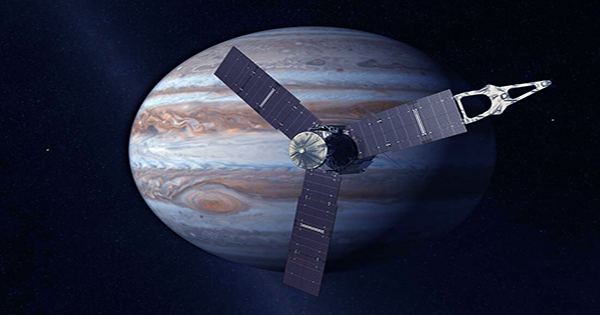Gravity, as defined by Isaac Newton’s universal gravitation, is no longer a force that acts on massive bodies, according to Albert Einstein’s general theory of relativity. Instead, general relativity connects gravity to the geometry of spacetime, specifically its curvature. Time moves continuously and independently for all objects in classical physics. Spacetime is a four-dimensional continuum in relativity, combining the familiar three dimensions of space with the dimension of time.
Heidelberg University researchers have created an effective spacetime that can be manipulated in a laboratory experiment. They were able to simulate an entire family of curved universes in their research on ultracold quantum gases to investigate different cosmological scenarios and compare them to predictions of a quantum field theoretical model.
Space and time are inextricably linked, according to Einstein’s Theory of Relativity. The structure of this space-time is fixed in our Universe, whose curvature is barely detectable. In a laboratory experiment, Heidelberg University researchers succeeded in creating a manipulable effective spacetime. They were able to simulate an entire family of curved universes in their research on ultracold quantum gases to investigate different cosmological scenarios and compare them to the predictions of a quantum field theoretical model. The findings of the study were published in Nature.
The propagation speed of waves on condensate is determined by density and atom interaction. This allows us to create conditions similar to those found in an expanding universe.
Prof. Dr. Stefan Flörchinger
The emergence of space and time on cosmic time scales from the Big Bang to the present is the subject of current research that can only be based on the observation of our single Universe. The expansion and curvature of space are essential to cosmological models. In a flat space like our current Universe, the shortest distance between two points is always a straight line. “It is conceivable, however, that our Universe was curved in its early phase.
Studying the consequences of a curved spacetime is therefore a pressing question in research,” states Prof. Dr. Markus Oberthaler, a researcher at the Kirchhoff Institute for Physics at Heidelberg University. With his “Synthetic Quantum Systems” research group, he developed a quantum field simulator for this purpose.

The quantum field simulator developed in the lab is made up of a cloud of potassium atoms that have been cooled to a few nanokelvins above absolute zero. This results in a Bose-Einstein condensate, a special quantum mechanical state of the atomic gas at very low temperatures. According to Prof. Oberthaler, the Bose-Einstein condensate is a perfect background against which the smallest excitations, or changes in the energy state of the atoms, can be seen. The dimensionality and properties of spacetime on which these excitations ride like waves are determined by the shape of the atomic cloud. There are three dimensions of space in our Universe, as well as a fourth: time.
Atoms are trapped in a thin layer in the Heidelberg physicists’ experiment. As a result, the excitations can only propagate in two spatial directions – the space is two-dimensional. At the same time, the atomic cloud in the remaining two dimensions can be shaped in almost any way, allowing for the realization of curved spacetimes. A magnetic field can precisely adjust the atom-atom interaction, changing the propagation speed of the wavelike excitations on the Bose-Einstein condensate.
“The propagation speed of waves on condensate is determined by density and atom interaction. This allows us to create conditions similar to those found in an expanding universe” Prof. Dr. Stefan Flörchinger explains. The researcher, who previously worked at Heidelberg University before moving to the University of Jena at the start of this year, created the quantum field theoretical model that was used to quantitatively compare the experimental results.
Using the quantum field simulator, cosmic phenomena such as particle production based on space expansion and even spacetime curvature can be measured. “Cosmological problems typically occur on unimaginably large scales. “Being able to study them specifically in the lab opens up entirely new research possibilities by allowing us to experimentally test new theoretical models,” says Celia Viermann, the primary author of the “Nature” paper “article.
















